Traditional Travel Photography Alternatives: Smartphone Photography
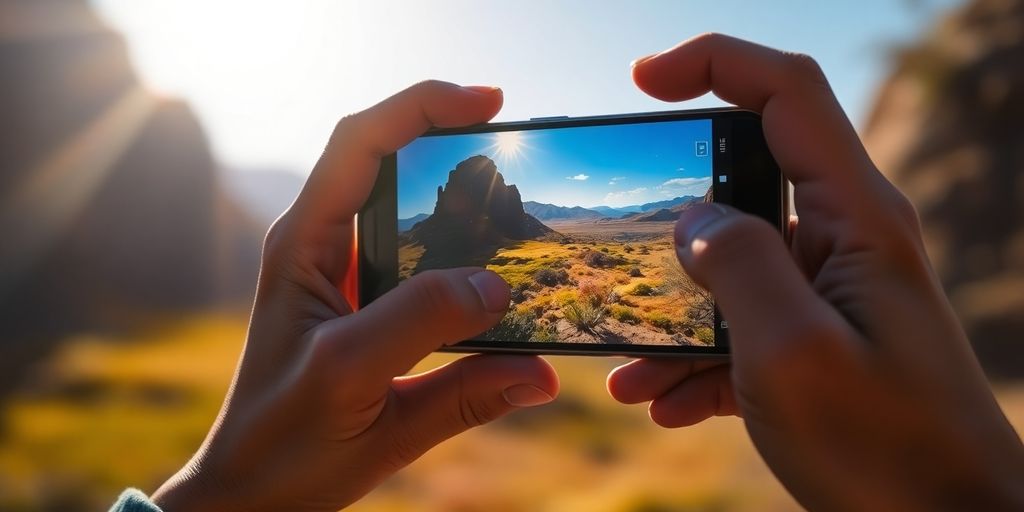
Forget lugging around heavy cameras and lenses. In today’s world, your smartphone is a powerful tool for travel photography. It’s always with you, easy to use, and can capture amazing shots. This article will show you how your phone can be your best travel photography companion.
Key Takeaways
- Smartphones are always ready for a shot, making them super convenient for travel.
- They help you get natural, unposed photos because they are discreet.
- Modern phone cameras have great technology, giving you clear, high-quality pictures.
- You can edit and share your photos right away from your phone, which is a huge time-saver.
- There are ways to make money from your smartphone travel photos, like selling them online or as prints.
The Unmatched Convenience of Smartphone Photography
Smartphones have really changed the game when it comes to travel photography. It’s not just about having a camera; it’s about having a capable camera that’s always with you. You don’t need to lug around heavy equipment or worry about missing a shot because your camera is buried in your bag. Let’s face it, sometimes the best moments are fleeting, and having a smartphone ready to go is a total lifesaver.
Always Ready for the Perfect Shot
The best camera is the one you have with you, and for most of us, that’s our smartphone. Think about it: how many times have you seen an amazing sunset, a quirky street scene, or a candid moment you wanted to capture, but your camera was nowhere to be found? With a smartphone, you’re always prepared. It’s in your pocket, your purse, or your hand, ready to snap a photo at a moment’s notice. This immediacy is invaluable, especially when traveling. You can capture those spontaneous, unrepeatable moments without fumbling with gear. It’s about being present and ready to document your experiences as they unfold. This is especially useful when you want to use Komoot alternatives for planning your next adventure.
Lightweight and Easy to Carry
Traditional cameras, especially DSLRs and mirrorless systems, can be bulky and heavy. Carrying them around all day can be tiring, especially when you’re exploring a new city or hiking in the mountains. Smartphones, on the other hand, are incredibly lightweight and compact. They fit easily into your pocket or a small bag, making them much more convenient to carry around. This means you’re more likely to have a camera with you at all times, without feeling weighed down. Plus, you don’t have to worry about extra batteries, lenses, or other accessories. It’s just you, your phone, and the world around you.
Instant Access to the Camera
Smartphones offer incredibly fast access to the camera app. No need to fumble with power buttons, lens caps, or settings. A quick swipe or tap, and you’re ready to shoot. This speed is crucial for capturing fleeting moments that would otherwise be missed.
Imagine you’re walking down a bustling street in a foreign city, and you see a street performer doing something amazing. With a traditional camera, you might miss the best part of the performance while you’re getting your gear ready. But with a smartphone, you can quickly pull it out, open the camera app, and capture the moment before it’s gone. It’s all about being ready and responsive.
Here are some benefits of instant access:
- Never miss a spontaneous moment.
- Capture fleeting expressions and gestures.
- Document unexpected events as they happen.
- Quickly switch between photo and video modes.
Discreet Capture for Authentic Moments
One of the biggest advantages of using your smartphone for travel photography is how unobtrusive it is. You can capture moments without disrupting them, leading to more genuine and candid shots. It’s a game-changer for street photography and documenting cultural experiences.
Blending In with the Crowd
Smartphones are everywhere. Pulling out a phone to take a picture doesn’t make you stand out like wielding a traditional camera. This allows you to blend seamlessly into your surroundings, capturing everyday life without altering the scene. People are less likely to notice or react to a phone, giving you a unique advantage.
Capturing Unposed Scenes
Because you’re less noticeable, you can capture people in their natural state. This is especially useful when photographing children, street performers, or locals going about their daily routines. The key is to be quick and respectful, capturing the moment without intruding. You can get some great Yosemite trails this way.
Overcoming Camera Shyness
Many people become self-conscious when a large camera is pointed at them. A smartphone, however, is less intimidating. This can help you overcome camera shyness and capture more relaxed and authentic portraits. It’s all about making your subject feel comfortable.
Using a smartphone allows you to be a silent observer, documenting the world around you without becoming a part of the spectacle. This approach leads to more honest and compelling images.
High-Quality Imaging Capabilities

Smartphones have come a long way, haven’t they? It’s wild to think about how much the cameras have improved. I remember when phone cameras were basically just novelties, but now? They can really hold their own. Let’s get into it.
Advanced Smartphone Camera Technology
The tech inside these little devices is seriously impressive. We’re talking about things like computational photography, which uses AI to make your photos look better than they actually are. It’s kind of cheating, but hey, I’m not complaining. Plus, you’ve got features like HDR, which balances out the light in tricky situations. It’s not just about the megapixels anymore; it’s about what the phone does with them. The best camera phones are constantly pushing the boundaries of what’s possible.
Impressive Image Resolution
Okay, so megapixels do still matter a bit. But it’s more about how they’re used. A higher megapixel count means you can crop and zoom without losing too much detail. And let’s be real, who hasn’t needed to crop a photo? It’s also great for printing larger photos. I’ve even seen smartphone images recreated as wall art, like prints and canvasses. It’s pretty cool.
Optical Lenses for Versatility
One of the coolest things about newer smartphones is the multiple lenses. You’ve got your wide-angle, your telephoto, and your standard lens. It’s like having a whole camera bag in your pocket. No need to spend time changing lenses, it’s all done via your touchscreen! This gives you a ton of flexibility when you’re out shooting. You can go from a wide landscape to a close-up portrait with just a tap. It’s a game-changer, really.
I was in North Macedonia recently, and I was blown away by the quality of the images I got with my phone. I was shooting in RAW mode, which I highly recommend. It gives you so much more control when you’re editing. Seriously, give it a try. Consult your phone’s instruction manual to learn how.
Here’s a quick rundown of why smartphone cameras are so good now:
- Better sensors
- Smarter software
- Multiple lens options
Seamless On-the-Go Editing and Sharing

One of the biggest advantages of using your smartphone for travel photography is the ability to edit and share your photos instantly, no matter where you are. Forget waiting until you get back to your computer; you can do it all right there on your phone. This streamlined workflow is a game-changer for travel photographers.
Mobile Editing Applications
There’s a huge range of mobile editing apps available, from basic ones that come pre-installed on your phone to more advanced options like Adobe Lightroom Mobile. These apps let you adjust exposure, contrast, color, and sharpness, and even apply filters to give your photos a unique look. It’s easy to discover top photo editing apps and find one that fits your style and needs. I find it super useful to shoot in RAW mode, which gives you more flexibility when editing.
Immediate Social Media Sharing
Sharing your travel experiences with friends and family has never been easier. With a few taps, you can post your edited photos directly to social media platforms like Instagram, Facebook, or Twitter. This immediate gratification is awesome, and it allows you to share your adventures in real-time. Plus, you can get instant feedback and connect with other travelers.
Streamlined Workflow
Using your smartphone for travel photography creates a really efficient workflow. You can take a photo, edit it, and share it all on the same device, without needing to transfer files or use a computer. This saves time and effort, letting you focus on enjoying your trip. I found the editing on-the-go element incredibly useful, especially when on buses and trains. It also meant I had no significant editing workload to deal with later.
Over-editing can make photos look cheap or fake. Try out a few different apps to see which one you like best. When you go to post your travel photography on Instagram, be judicious by sharing only your favorite photos (quality vs. quantity!).
Monetizing Smartphone Travel Photography
So, you’ve got a phone full of amazing travel photos. Now what? Turns out, there are several ways to turn those snapshots into actual money. It’s not always easy, but with a little effort, you can definitely make some extra cash (or even a living!) from your mobile photography.
Selling Images for Commercial Use
Remember those days when you needed a fancy DSLR to even think about selling photos? Yeah, those are gone. These days, brands and media outlets are totally using smartphone photos. The quality is just so good now, and the convenience is unmatched. Think about it: you’re already carrying your phone, so you’re always ready to capture that perfect shot. Then, you can upload your photos to stock photography sites. Make sure your photos are high-resolution and well-edited. Here are some tips:
- Focus on unique perspectives.
- Edit your photos to a professional standard.
- Tag your images with relevant keywords.
Creating Wall Art and Prints
People love decorating their homes with travel photos. Why not sell your smartphone images as prints or canvases? There are tons of print-on-demand services that make it super easy. You just upload your photos, choose the products you want to offer (prints, canvases, mugs, etc.), and the service handles the rest. ad revenue is a great way to start. Here’s what you need to do:
- Find a reliable print-on-demand service.
- Offer a variety of sizes and formats.
- Promote your prints on social media.
Digital Downloads and Licensing
Another option is to sell your photos as digital downloads. This is great for people who want to use your images for websites, blog posts, or social media. You can sell them directly from your own website or through online marketplaces. Licensing your photos gives you more control over how they’re used and can generate passive income.
Selling digital downloads can be a great way to earn money from your smartphone photography. Make sure to set clear terms of use and pricing for your images. Consider offering different licenses for commercial and personal use.
Mindful Approach to Smartphone Photography
Focusing on Composition and Light
It’s easy to just snap away with your phone, but taking a moment to think can make a big difference. Pay attention to how you frame your shot. Consider the rule of thirds, leading lines, and how different elements interact within the frame. Light is also super important. Try to shoot during the golden hours (early morning and late afternoon) for soft, warm light. Avoid harsh midday sun if you can, or find shade to diffuse the light.
Elevating Your Mobile Photography
Want to take your phone photos to the next level? Here are a few ideas:
- Experiment with different angles. Don’t just shoot everything from eye level.
- Use manual mode to control settings like ISO and shutter speed.
- Try using external lenses for wider or closer shots.
- Learn about color theory and how colors can affect the mood of your photos.
Taking a bit of time to learn the basics of photography can really improve your smartphone shots. It’s not just about having a good camera; it’s about knowing how to use it.
Beyond Casual Snapping
Smartphone photography doesn’t have to be just for quick snapshots. It can be a serious art form. Think about telling a story with your photos. What are you trying to communicate? What emotions do you want to evoke? By being more intentional with your photography, you can create images that are both beautiful and meaningful.
Final Thoughts
So, that’s the rundown. Using your phone for travel photos really makes sense. It’s small, so you pretty much always have it with you. Plus, it’s easy to use without making a big deal, which is great for getting those real, unposed shots. You can even fix them up and share them right away. I hope this stuff makes you want to try using your phone more for your next trip, or at least give it a shot. It’s pretty cool what these little devices can do now.
Frequently Asked Questions
Can smartphone photos really be used for professional purposes?
Absolutely! Modern smartphones have amazing cameras that can take really good pictures, even for professional use. The quality has gotten so good that many businesses and artists use smartphone photos for their ads and products.
Is it easy to edit and share photos from my smartphone?
Yes, you can! Many apps let you edit your photos right on your phone. This means you can make your pictures look great and share them online almost instantly, without needing a computer.
What makes smartphones so good for travel photography?
Smartphone cameras are always with you, super easy to use, and don’t draw much attention. This makes them perfect for catching real, unposed moments when you’re traveling.
Are smartphone cameras as good as regular cameras?
While professional cameras might offer more control, smartphones are catching up fast. They’re great for most situations, especially when you want something light and simple to carry around.
How can I make money from my smartphone travel photos?
You can sell your smartphone photos on websites that license images, or even create products like prints and wall art. Some platforms also let you sell digital copies of your pictures.
What are some simple tips for taking better smartphone photos?
To take better photos, focus on things like what’s in your picture and how the light hits it. Even with a phone, thinking about these things can make a big difference in how your photos turn out.
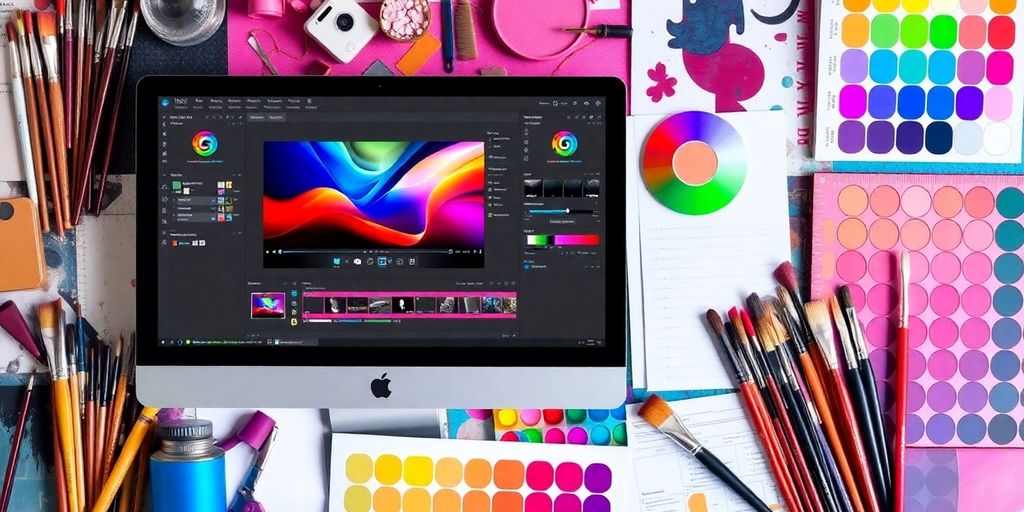
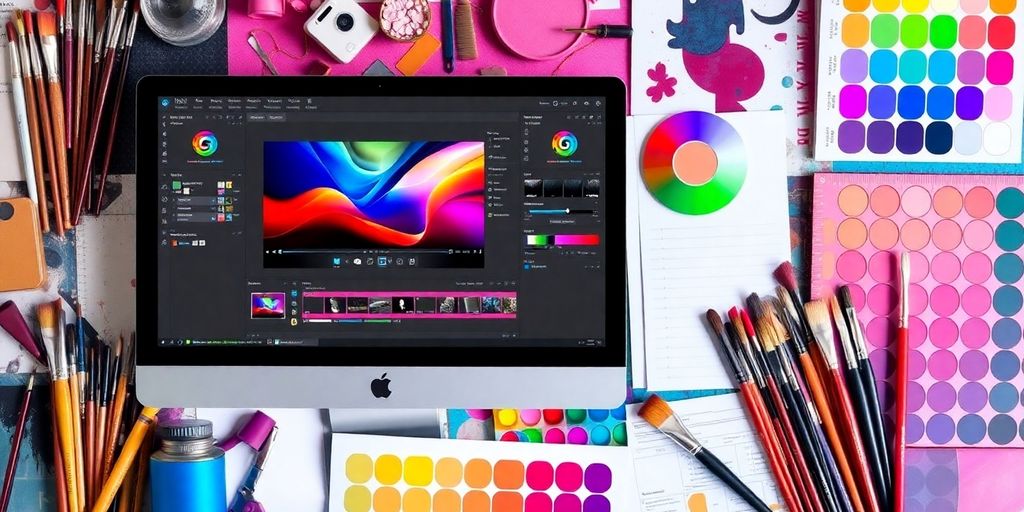
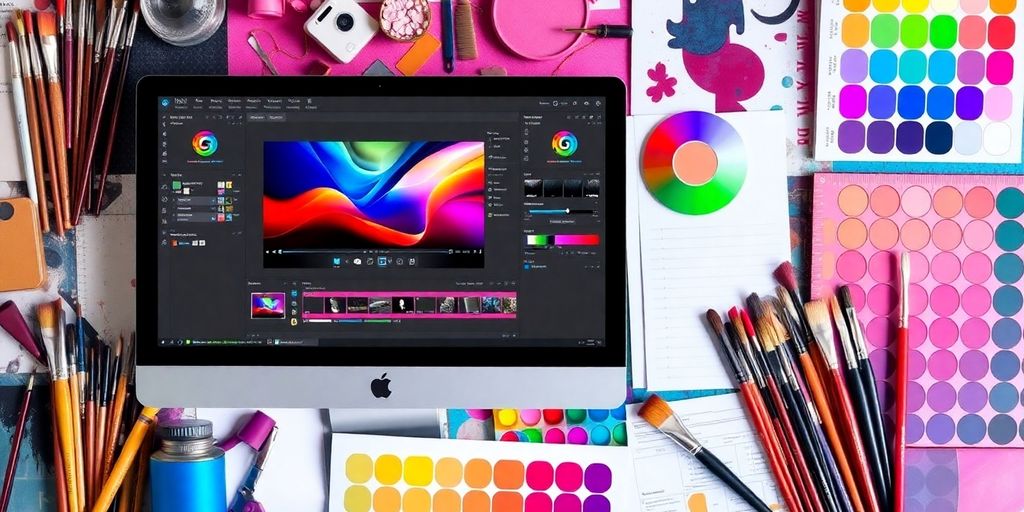
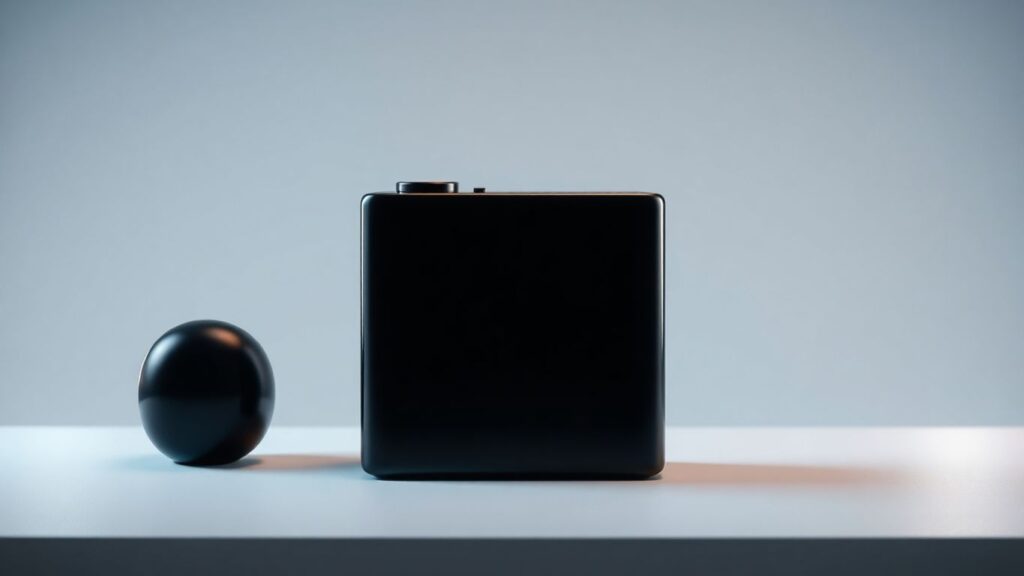

Responses